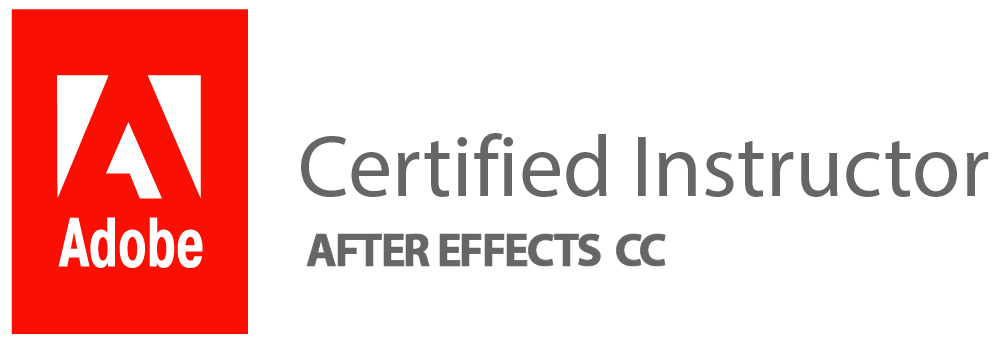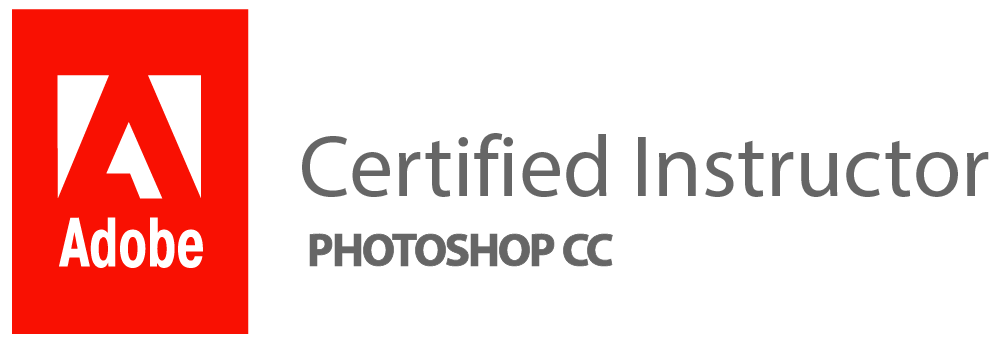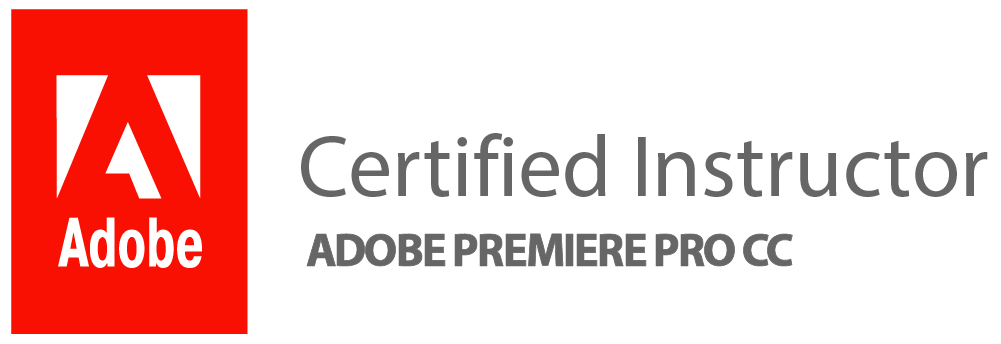Learn UX UI design like a boss without leaving home!
One of the most exciting aspects of learning UX UI design from home is the accessibility to a plethora of online resources and courses tailored specifically for aspiring designers. Platforms like Blue Sky Graphics and iPixel offer comprehensive courses taught by industry experts that cover everything from design principles to tools like Adobe XD and WordPress. Additionally, participating in virtual workshops and webinars can provide valuable insights and networking opportunities that are essential for career growth in this field.
Mastering UX UI design requires more than just technical skills; it also involves understanding user behaviour, psychology, and trends in digital experiences. By immersing yourself in case studies, analysing popular apps or websites with a critical eye, and seeking feedback from peers or mentors through online forums or communities, you can refine your design thinking process. Remember that practice makes perfect – dedicating time each day to sketching wireframes, prototyping interfaces, and conducting usability tests on your designs will help you build a strong portfolio that showcases your expertise in UX UI design.
Introduction to UX UI design
When delving into the realm of UX UI design, it’s imperative to understand the intricacies of user behaviour and interaction. User Experience (UX) focuses on enhancing user satisfaction by improving the usability and accessibility of a product. This involves creating intuitive interfaces that address the needs and preferences of users. On the other hand, User Interface (UI) design is about crafting visually appealing layouts that guide users through their digital journey. By combining these two disciplines, designers can create seamless and engaging experiences for users across various platforms.
One key aspect of UX UI design is empathy — putting yourself in the shoes of your target audience to truly understand their perspectives and needs. Designers must conduct thorough research, gather feedback, and iterate on their designs to ensure they resonate with users. Furthermore, staying updated with industry trends and technological advancements is crucial in this ever-evolving field. Continuous learning through online courses, tutorials, and practice projects can help aspiring designers hone their skills and keep pace with emerging trends in UX UI design.
Understanding the basics of UX
When diving into the realm of UX design, it’s crucial to comprehend the fundamental principles that underpin user experience. At its core, UX design revolves around creating products or services that cater to the needs and preferences of users, ultimately enhancing their satisfaction and usability. By understanding the basics of human psychology and behaviour, designers can craft intuitive interfaces that guide users seamlessly through digital experiences.
Delving deeper into UX involves grasping concepts such as information architecture, navigation patterns, and visual hierarchy. Information architecture focuses on organizing content in a clear and logical manner, enabling users to find what they need efficiently. Navigation patterns dictate how users move through a system, ensuring a smooth journey from start to finish. Visual hierarchy plays a pivotal role in directing user attention by prioritising elements based on their importance within the interface.
Mastering the principles of UI design
Mastering the principles of UI design is akin to learning a new language – it involves understanding the subtle nuances that govern how users interact with digital interfaces. To truly excel, one must embrace concepts such as balance, hierarchy, and alignment to create visual harmony and guide users seamlessly through a product. Paying attention to details like typography, colours, and spacing can transform a mundane design into an immersive user experience that captivates and engages.
Beyond aesthetics, embodying empathy in UI design is paramount. Understanding the needs and desires of your target audience allows you to craft intuitive interfaces that cater to their preferences and enhance user satisfaction. Remember, successful UI design goes beyond just making things look pretty; it’s about creating functional yet delightful experiences that leave a lasting impression on users’ minds. By honing these principles with dedication and practice, you can elevate your UI designs from good to exceptional, earning recognition for your craftsmanship in the competitive world of digital products.
Tools and resources for learning
When it comes to learning UX UI design from home, having access to the right tools and resources is essential. Adobe XD and WordPress are two widely used design software that offer free versions for beginners to start practicing their skills. Online courses and tutorials on platforms like Blue Sky Graphics and iPixel provide structured lessons that cover everything from the basics to advanced topics in UX UI design. Additionally, joining online communities such as Dribbble or Behance can help you stay inspired and connected with other designers for feedback and collaboration.
Another valuable resource for learning UX UI design is reading industry blogs and books authored by experienced designers. Books like Don’t Make Me Think by Steve Krug or Design of Everyday Things by Don Norman offer insights into user-centred design principles. Moreover, attending virtual UX conferences and webinars can expose you to the latest trends in the field and expand your knowledge through networking opportunities with professionals in the industry. By leveraging these tools and resources effectively, aspiring UX UI designers can enhance their skills and transition into successful careers from the comfort of their homes.
Building a portfolio and practice projects
Building a portfolio as a UX UI designer is crucial to showcasing your skills and expertise to potential employers or clients. While formal education and training are essential, practice projects play a significant role in honing your craft. By working on personal projects, you can experiment with different design styles, tools, and techniques, allowing you to grow creatively and technically.
When choosing practice projects for your portfolio, consider selecting diverse challenges that can demonstrate a range of skills. This could include redesigning an existing website or app interface, creating a mobile app from scratch, or solving usability issues in an interactive prototype. Each project should be thoughtfully curated to showcase your problem-solving abilities and design process effectively. Remember that quality matters more than quantity when it comes to building a strong portfolio that will impress potential employers or clients.
Seeking feedback and networking opportunities
Seeking feedback and networking opportunities are essential components of learning UX UI design from home. It’s crucial to actively seek feedback on your work, whether through online forums, social media groups, or mentorship programmes. Constructive criticism can help you grow and improve your skills by gaining new perspectives and insights.
Networking is also key in the field of UX UI design. Connecting with professionals in the industry can open up new opportunities for collaboration, learning, and career advancement. Engage with online communities, attend virtual conferences or webinars, and participate in design challenges to expand your network and stay updated on the latest trends and technologies in the industry. Building a strong network can provide invaluable support and guidance as you navigate your journey towards becoming a successful UX UI designer from the comfort of your home.
Conclusion: Advantages of learning UX UI from home
In conclusion, the benefits of learning UX UI design from home are manifold. One significant advantage is the flexibility that online learning provides. With self-paced courses and virtual resources, individuals can tailor their learning schedule to fit around other commitments and responsibilities, allowing for a more personalised and efficient learning experience. Additionally, the accessibility of online courses eliminates geographic barriers, enabling aspiring designers from all over the world to access top-tier education in UX UI design without having to relocate or commute.
Moreover, learning from home fosters a sense of independence and self-discipline that is crucial in the fast-paced field of UX UI design. By taking responsibility for one’s own learning journey and managing time effectively, students develop essential skills that are transferable to professional settings. Furthermore, the digital nature of remote learning equips individuals with hands-on experience using industry-standard tools and software from the comfort of their own space, preparing them for real-world challenges in the field of user experience design.











